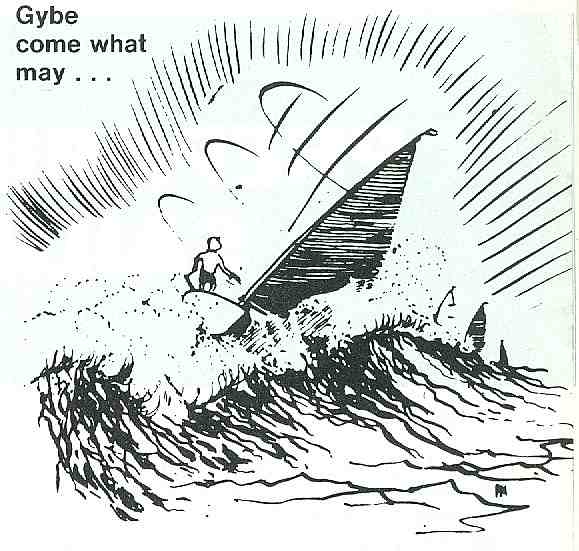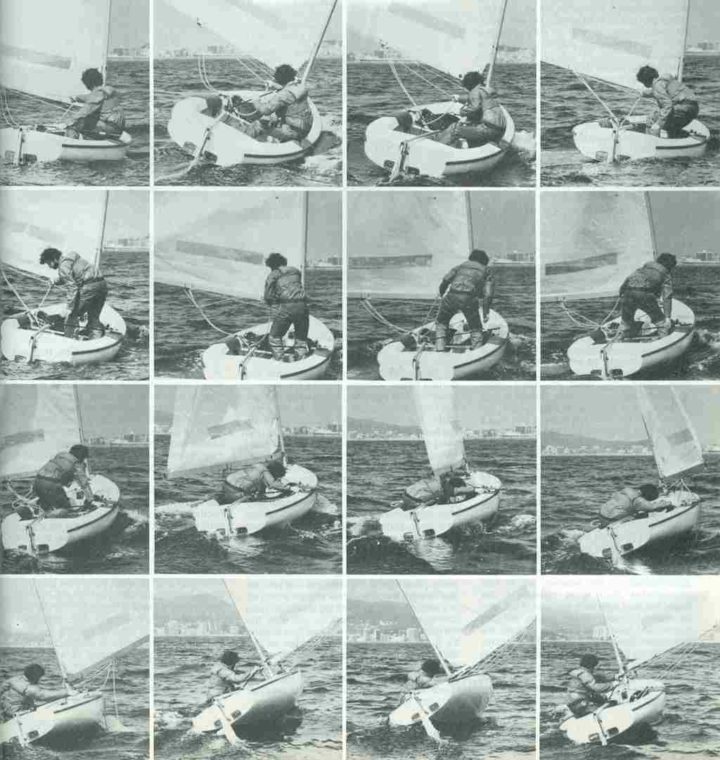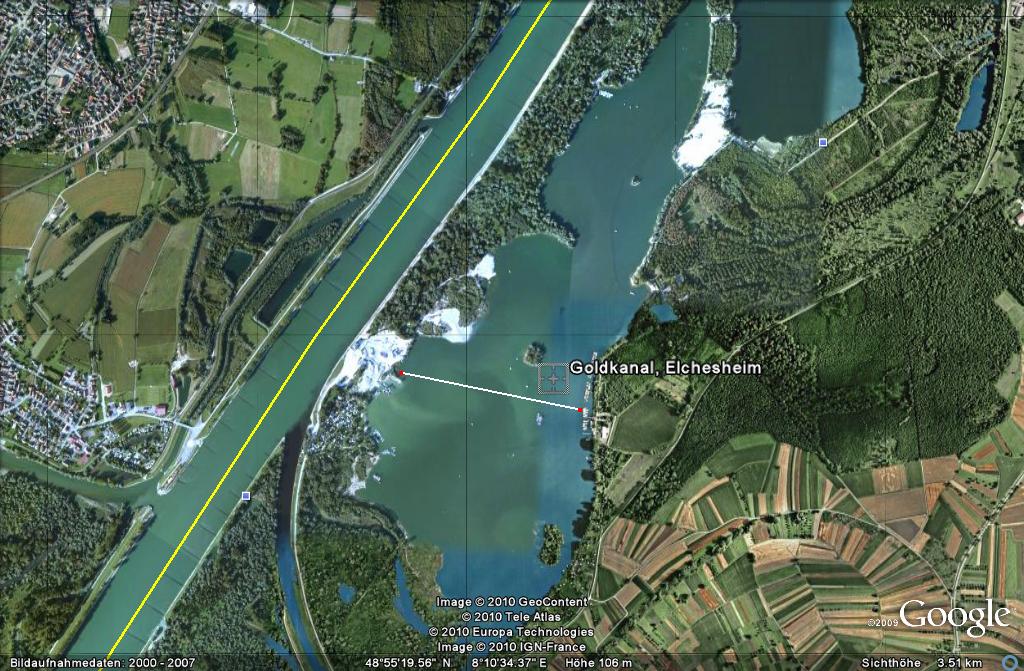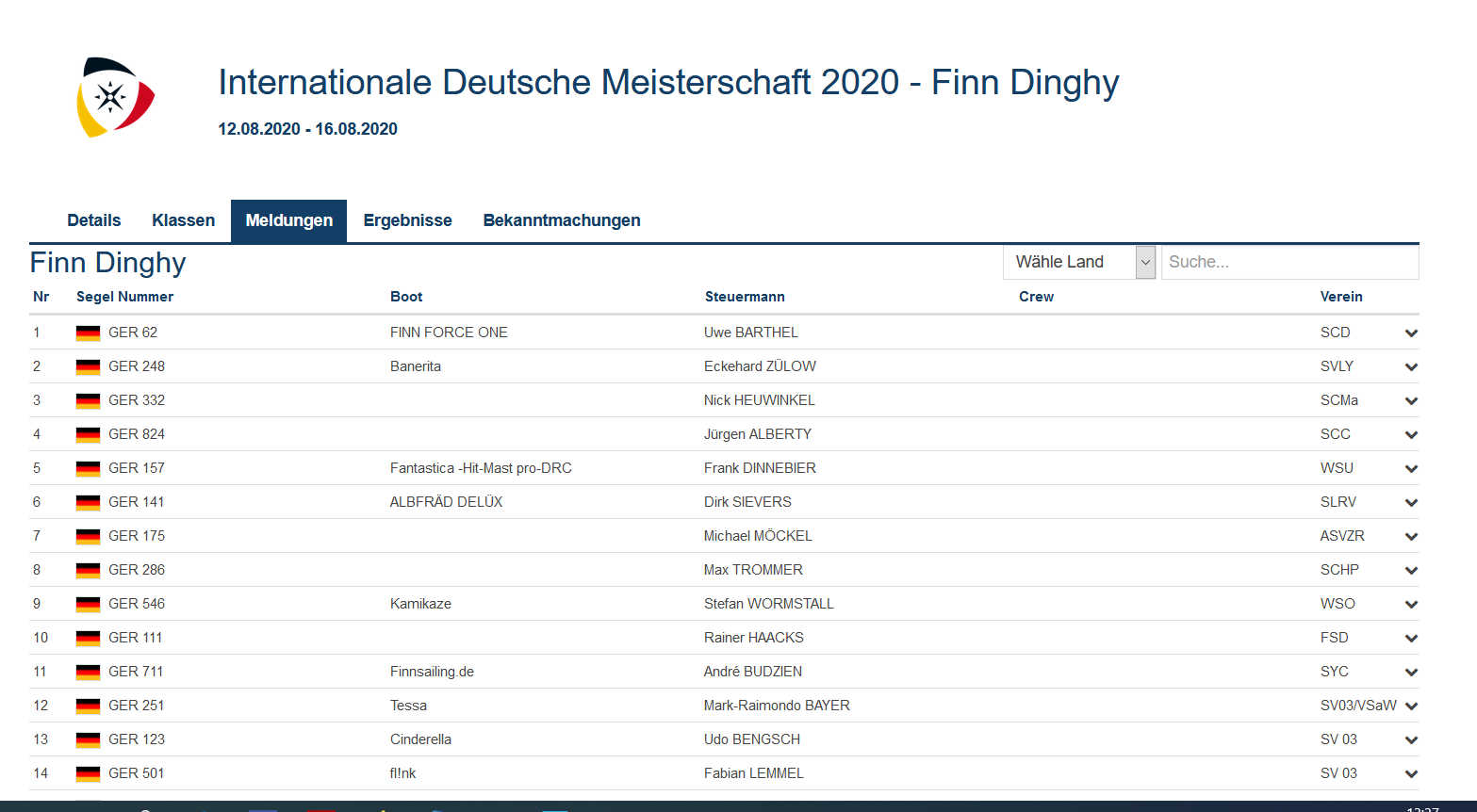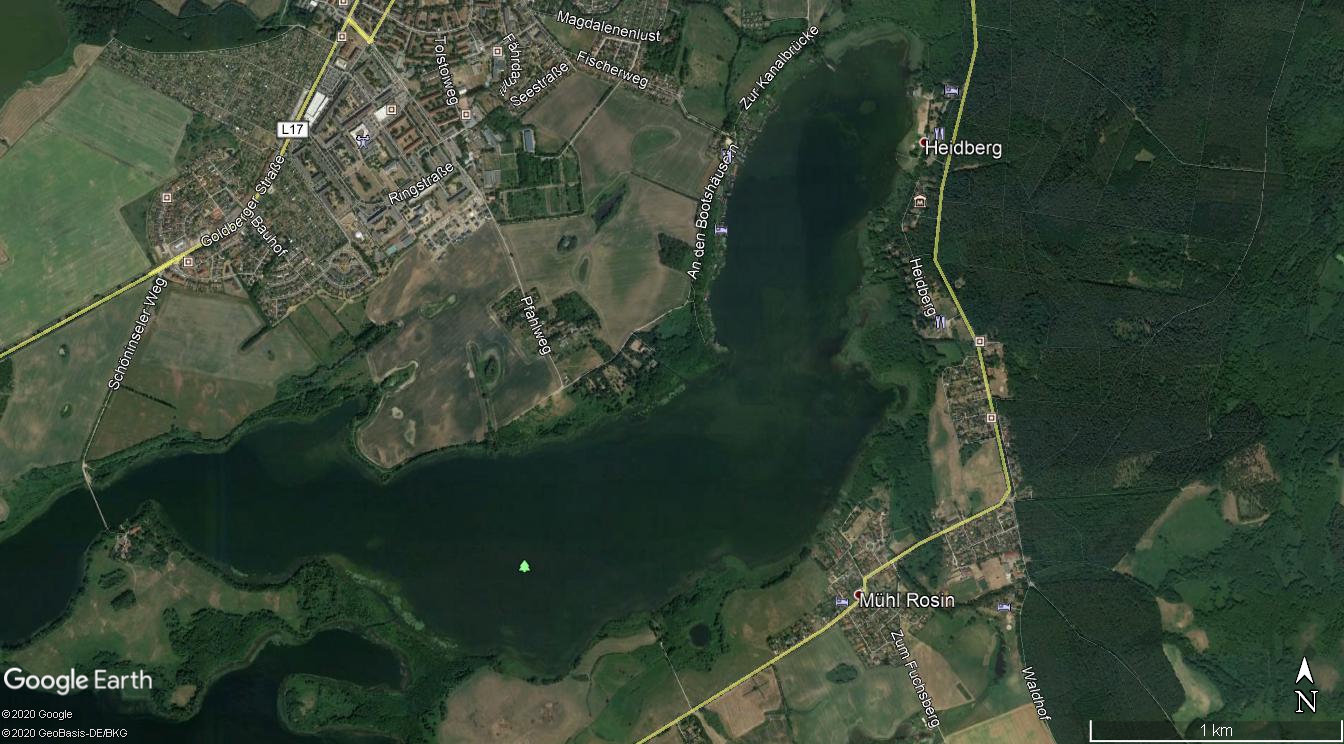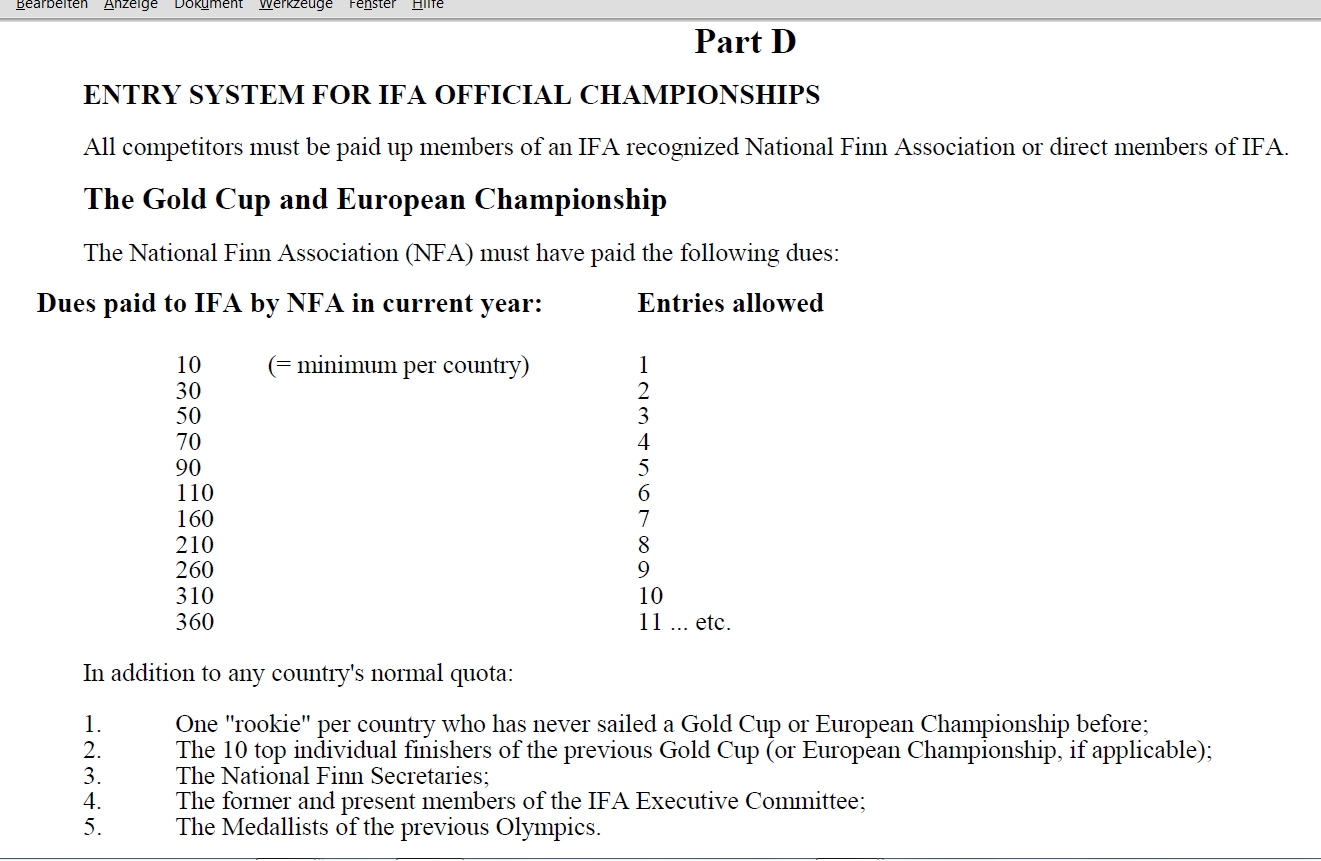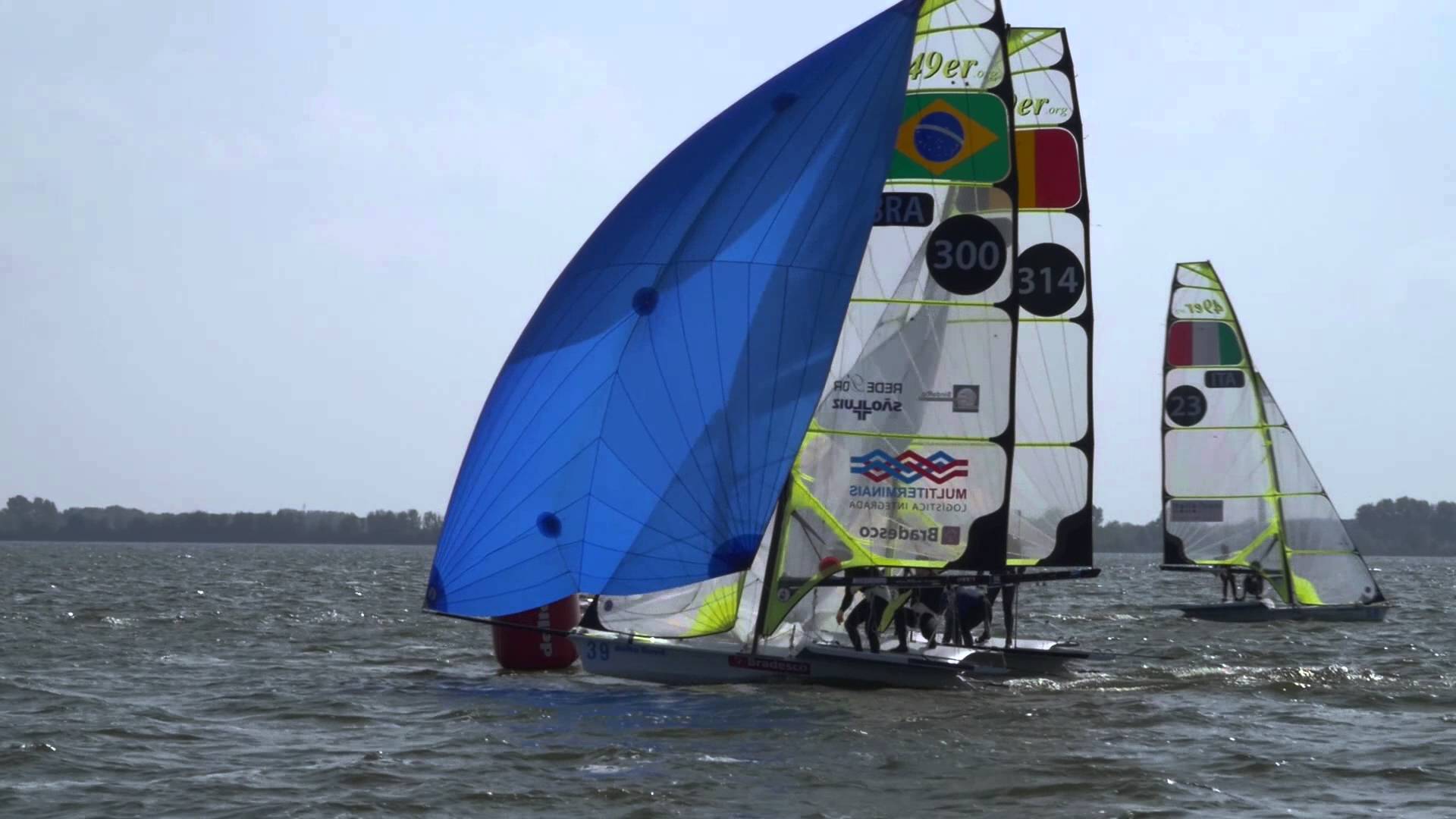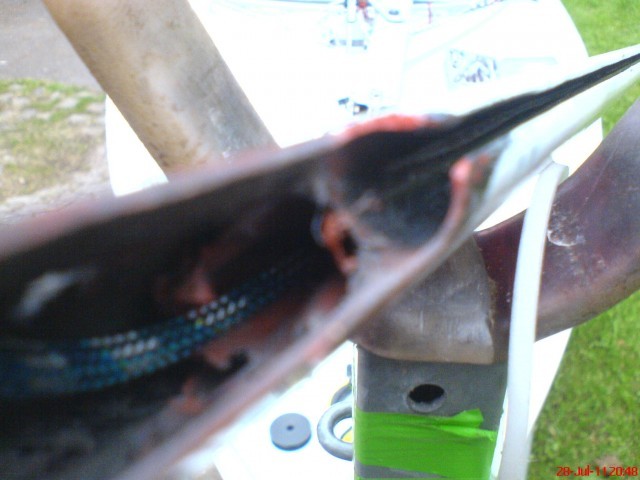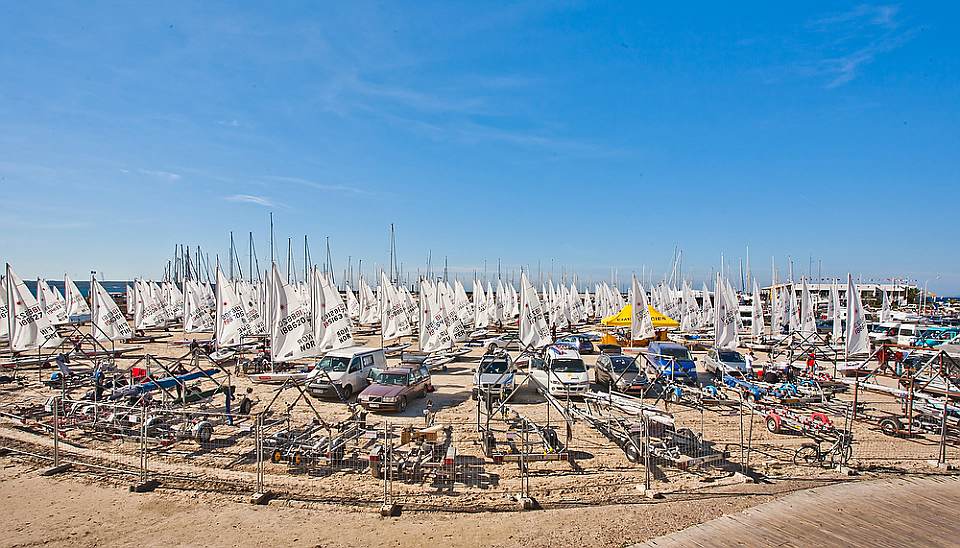Reprint from FINNLOG, Editor: Dr. Peter Mohilla
Richard Hart
ON GYBING
First the boats’s gear must be right:
1. Mainsheet must not jam, hence the bottom block must be upright.
2. Tiller must not be too long and liftable.
3. There must be a minimum „whip“ in the tiller / rudder bl ade assembly.
4. The kicking strap (boom vang) must be easily adjustable. I find it a great asset to arrange that the boom vang will slacken only to a suitable position when uncleated. This can be achieved with the lever-type vangs. Fortunately this position is near the position of minimum tension for light winds.
.
The actual gybe drill should be:
1. Put plate down enough for it to act as a proper fulcrum: if it stalls and the hull goes sideways with the rudder you will fall in. Roughly speaking the point at the back of the plate should be far enough above the thwart to inflict moderate damage if you fall on it! It may have to be a little further down in big waves.
2. Let the boom vang to the magie position. This is where the twist at the top of the sail balances the heeling effect near the boom, so that the boat goes down wind without you sitting out.
RE-Cleat the boom vang!
Point the tiller extension to the new side.
3. When the boat is going quickly but not terrifyingly so, head off and jam the tiller over with your body (don’t stick it up your „butt“ as this doesn’t allow you to move enough). Change hands on the tiller. I hold the sheet in my teeth as this stage, but you must have it back to hand before the boom crosses the boat.
4. If possible, get the boom over by pulling all parts of the mainsheet. If not, steer right around the corner at a time when the boat is going quickly. Position your feet so that the toestraps are ready.
5. When the boom arrives at the new position, you must be on the side and ready to adjust the sheet either way. Steer the boat level and try to stay on the face of the same wave.
